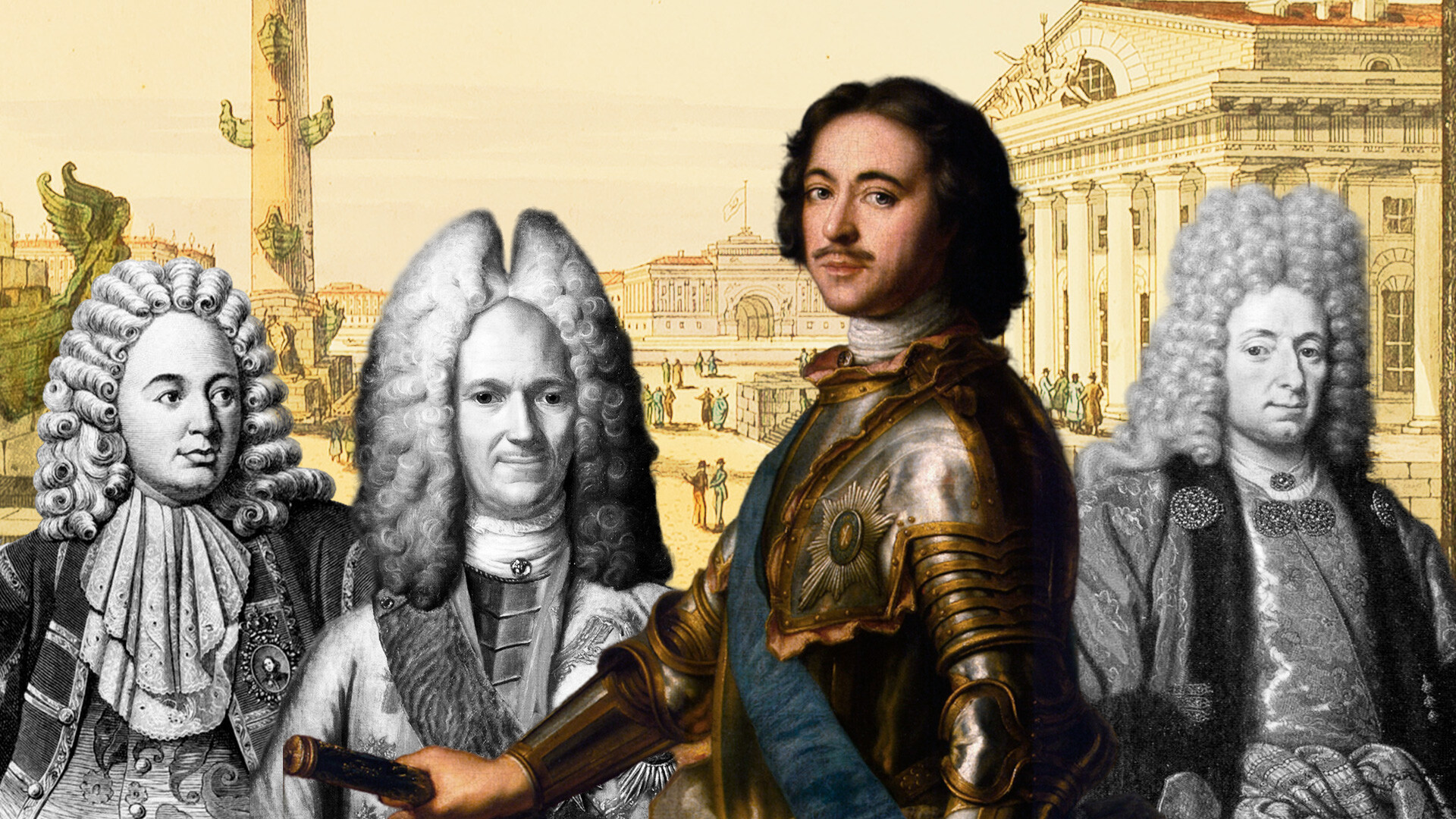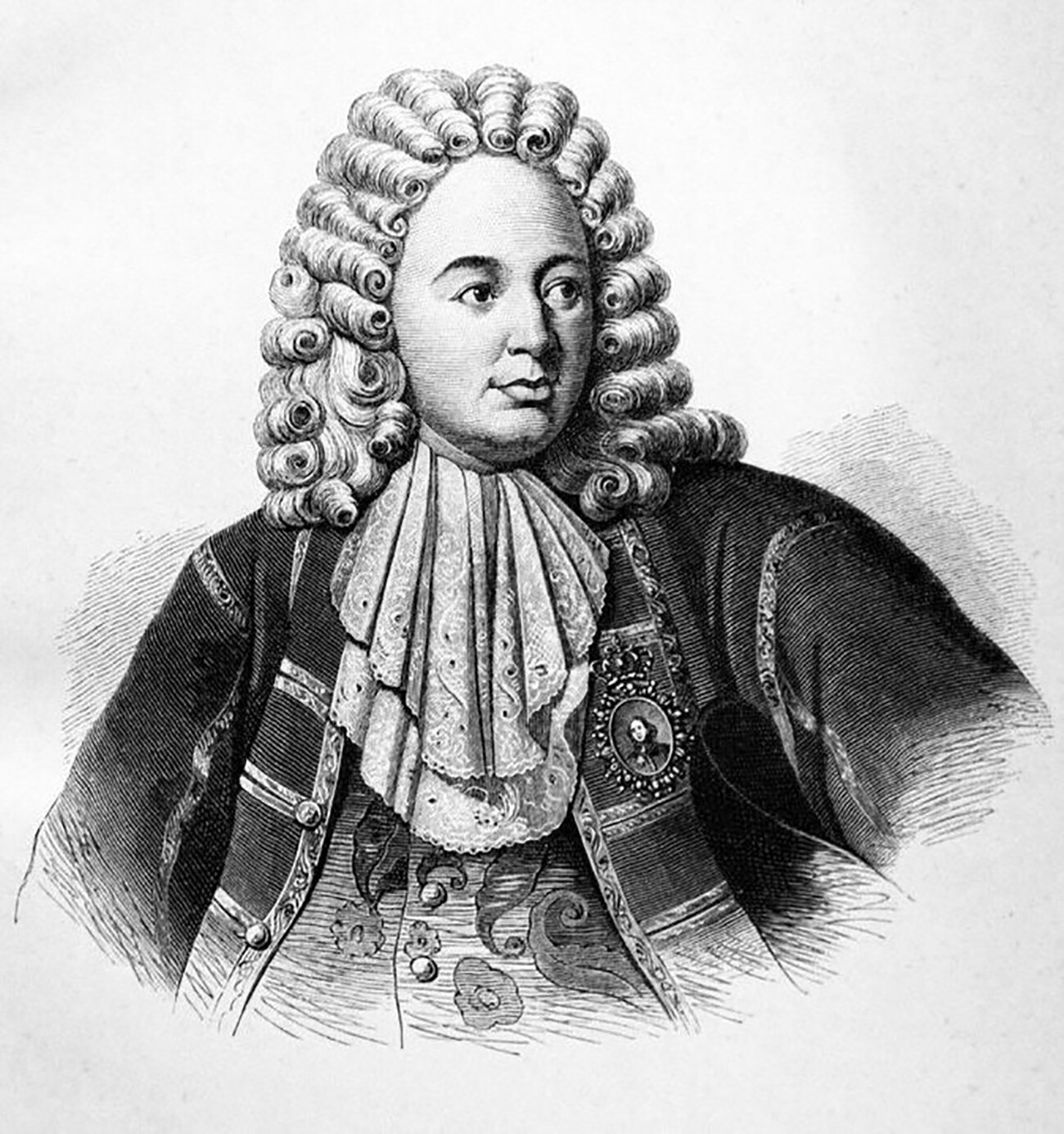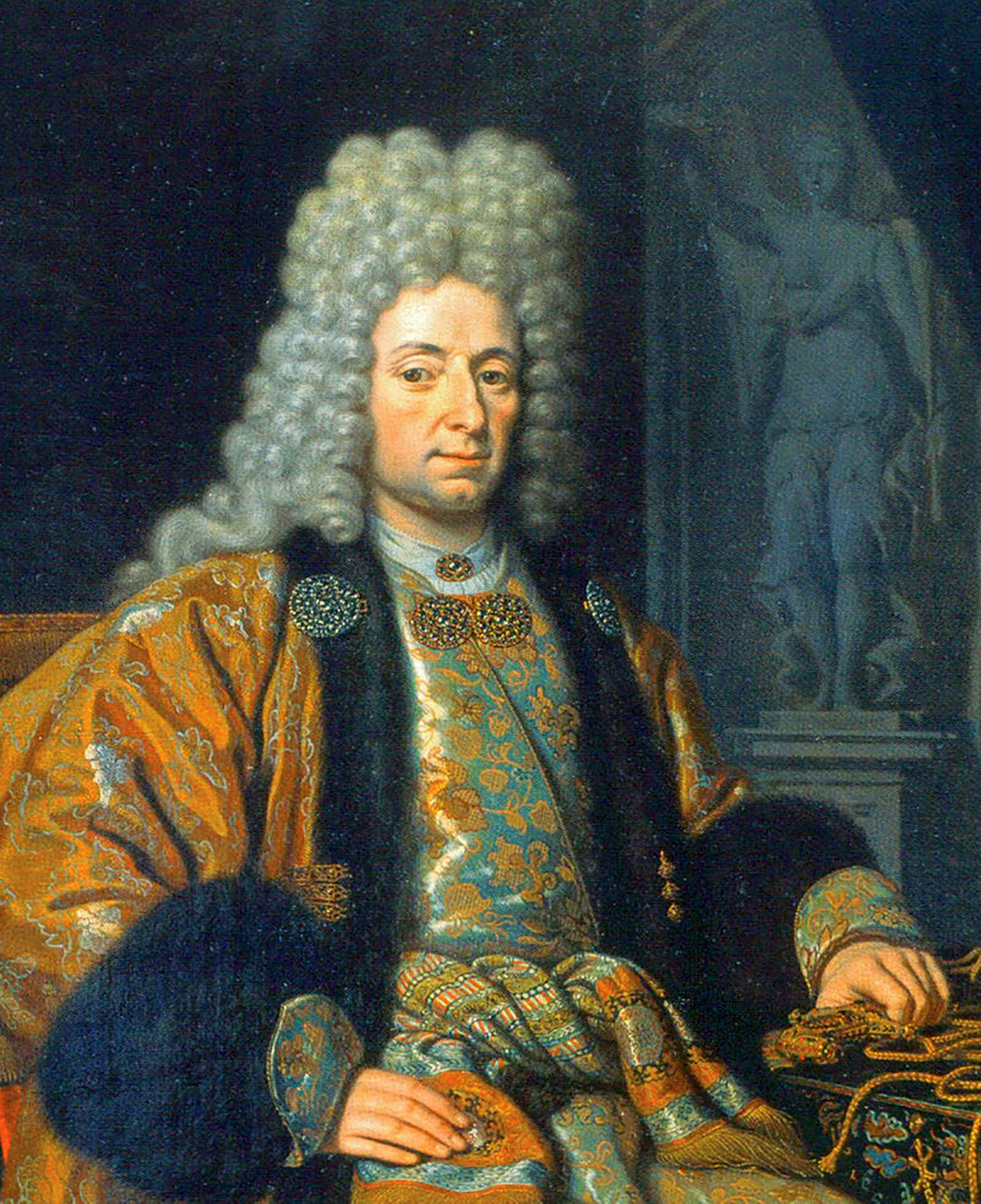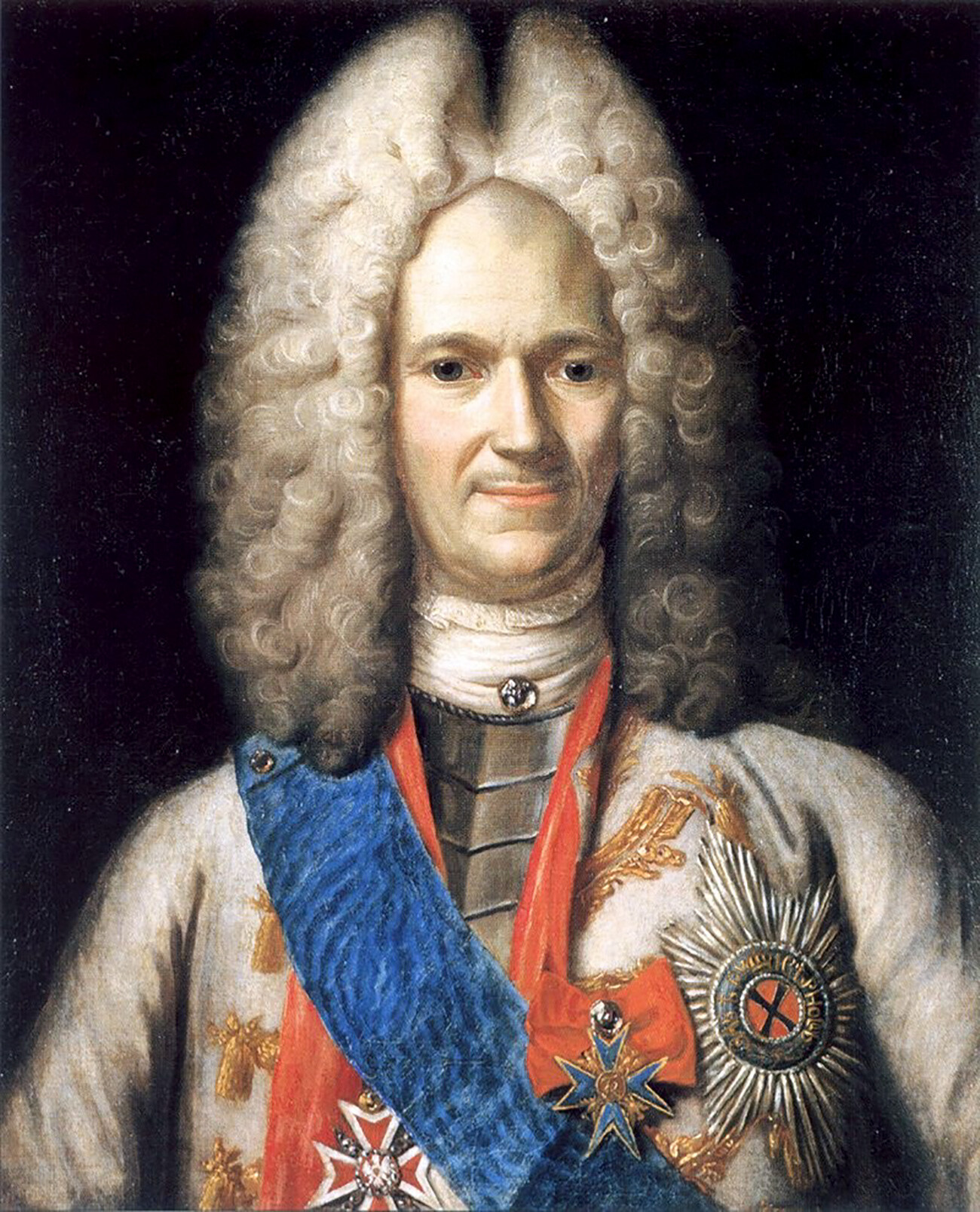
In the tsar's entourage there were many capable and active people. However, these three he respected most of all:

Patrick Gordon came from a noble Scottish family and fought in the Polish and Swedish armies until he found himself in Russian service in 1661. As an experienced military man, Gordon advised a young Tsar Peter on matters of fortification and artillery, maintenance and armament of troops.
During the struggle for power between Peter and his sister, Tsarevna Sophia, in 1689, the Scotsman sided with the former, which earned his full trust and entered the circle of his closest associates. The tsar often visited Gordon, attended the wedding of his daughter and borrowed books from him to read.
“His conversations could replace reading newspapers for Peter,” wrote 19th-century Russian historian Alexander Brickner. “Corresponding with many people in different parts of Europe, Gordon was well aware of what was happening in the west... Their relations did not change during the entire time until Gordon's death. They were of great importance in the life of the young tsar, bringing him great benefit, expanding his circle of knowledge, inspiring him with new thoughts, exercising him in matters of military technology and developing his concepts.”
In November 1698, Gordon became seriously ill and only rarely got out of bed. When he died on December 9 of the following year, the king closed Gordon’s eyes with his own hand.

The son of a Geneva merchant, Franz Lefort fully shared Peter I's belief in the need for a rapid Europeanization of Russia and actively helped him in this process. He stood at the origins of the Russian fleet and the new army, created according to the European model. By the will of the tsar, Franz Yakovlevich was granted the ranks of general and admiral.
The autocrat valued the Genevan for a sharp mind, sense of humor and cheerful disposition. “Lefort was a man of amusing and luxurious or, to call him a debauchee, French. And he constantly gave dinners and balls in his house...” recalled Prince Boris Kurakin, an associate and brother-in-law of Peter I. And the tsar willingly paid for these events.
Franz Lefort died suddenly in 1699 at the age of only 43 from typhoid fever. “He alone had been faithful to me. Who can I rely on now?!” said Peter, then deeply saddened by the loss of his friend.

The future prominent statesman and military commander, Prince Alexander Menshikov was a simple servant of Franz Lefort, when the tsar noticed him and took him on as his orderly. The lively and agile young man quickly won the trust of the ruler and became his “heartfelt friend”.
Many believed that Menshikov would become a kind of court jester at the tsar's court, but, thanks to his many natural talents, he made a brilliant political career. Thus, it was Alexander Danilovich who became the first governor-general of St. Petersburg and, during the Great Northern War against Sweden, he proved himself to be an outstanding commander.
For all his abilities Menshikov had a penchant for embezzlement, which is hwy he got into trouble more than once. But, the tsar saved him every time.
“Where it comes to the life or honor of a person, justice demands that both his crimes and services he rendered to the fatherland and the state be weighed on the scales of impartiality... and I still need him,” said Peter I, when he complained about the machinations of the most luminous prince.
After the tsar's death in 1725, a period of power struggle began in Russia known as the ‘Era of Palace Coups’. Menshikov remained on the political Olympus for two years, after which he was deposed, stripped of all titles and property and exiled to Siberia, where he soon died.
If using any of Russia Beyond's content, partly or in full, always provide an active hyperlink to the original material.
Subscribe
to our newsletter!
Get the week's best stories straight to your inbox